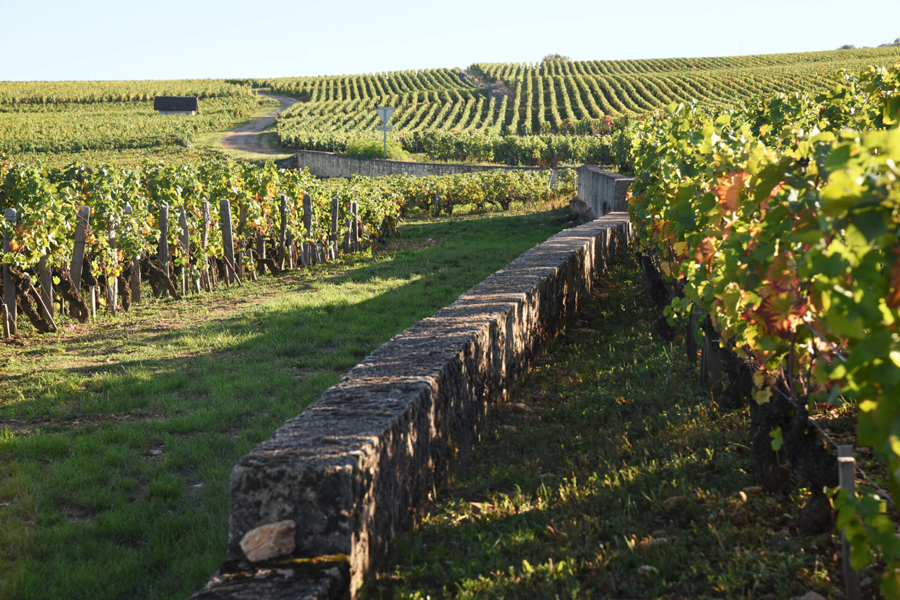Decanting wine, an age-old practice shrouded in both tradition and science, is more than just a ritual to enhance the dining table. It’s a technique employed to unlock the full potential of a wine, improving its character and flavor before serving. While the basics of decanting are commonly understood by wine enthusiasts, there are subtleties and less-discussed aspects of this art that can significantly influence your wine experience. This blog post delves into the nuanced world of decanting, exploring when and how to decant your wine for optimum enjoyment.
Understanding the purpose of decanting
The overlooked nuances: decanting serves two primary purposes: to separate a wine from any sediment that may have formed and to aerate the wine, allowing it to breathe and develop its aromas and flavors more fully. However, the decision to decant, and the method used, can vary greatly depending on the type of wine and its age.
When to decant your wine
The underdiscussed timing:
While it’s well-known that bold reds and vintage ports benefit from decanting, the nuances of decanting young whites or lighter reds are less commonly addressed. Decanting can also benefit these wines, albeit for a shorter duration, enhancing their aromatic profile and softening harsh acidity.
Older wines:
Vintage wines with significant age often develop sediment. Decanting these wines carefully, to avoid disturbing the sediment, is crucial. The process should be gentle, with minimal exposure to oxygen to preserve the delicate flavors that have developed over time.
Young, tannic reds:
Wines like cabernet sauvignon, syrah, and barolo, known for their robust tannins, can be softened through decanting, making them more approachable and enjoyable to drink sooner.
Lighter and white wines:
Though not traditionally decanted, young white wines or lighter reds like pinot noir can also benefit from brief decanting. This can help in expressing more complex aromas and flavors, particularly for wines that are initially tight or closed off.
How to decant your wine
The artful technique:
The method of decanting can significantly affect the outcome. For older wines with sediment, the process involves carefully pouring the wine into a decanter, stopping once you reach the sediment. A candle or light source behind the bottle can help in seeing when the sediment starts to approach the neck.
Innovative tools and techniques:
For younger wines, where aeration is the goal, more vigorous methods can be used. Tools like aerators attached to the bottle’s mouth can introduce air into the wine as it’s poured, speeding up the aeration process. Alternatively, repeatedly pouring the wine from one container to another can also increase oxygen exposure.
The duration dilemma:
The length of time a wine should be decanted varies widely. While a young, tannic red might benefit from several hours of decanting, a delicate older wine might need just a few minutes. Understanding the specific needs of each wine is key to mastering decanting.
The impact on taste and experience
The subtle transformation:
Decanting can transform the wine-drinking experience, turning a good wine into an exceptional one. The process can reveal hidden nuances in the wine’s aroma and flavor profile, providing a more complex and enjoyable tasting experience.
The underappreciated benefits:
Beyond improving taste, decanting is a gesture that signifies the care and attention given to the wine. It sets the stage for a meal, indicating that the wine served is worth savoring and enjoying fully.
Conclusion
The art of decanting is a nuanced practice that, when done correctly, can significantly enhance the wine-drinking experience. Whether you’re opening a robust young red or a delicate vintage wine, understanding when and how to decant can unlock the full potential of your bottle. By paying attention to the specific needs of each wine and employing the appropriate decanting technique, wine enthusiasts can elevate their enjoyment and appreciation of this timeless beverage.






